What do you think?
Rate this book
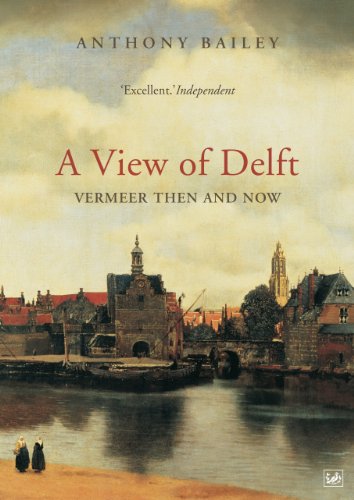

288 pages, Paperback
First published April 16, 2001




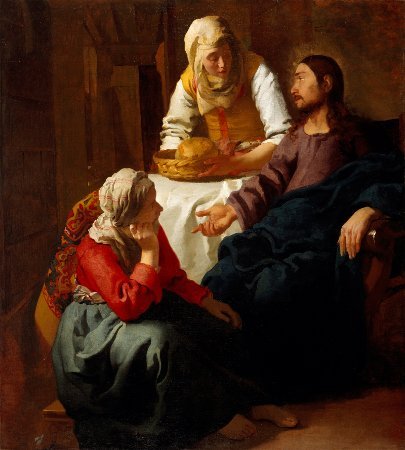
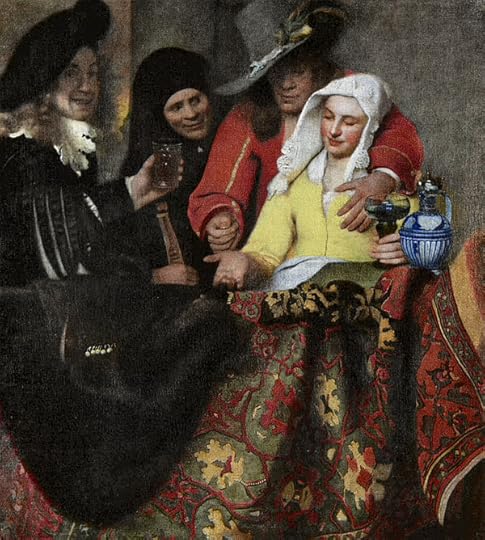





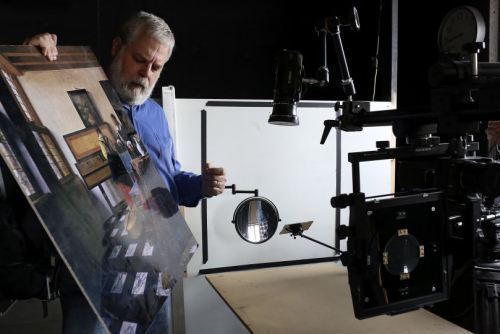

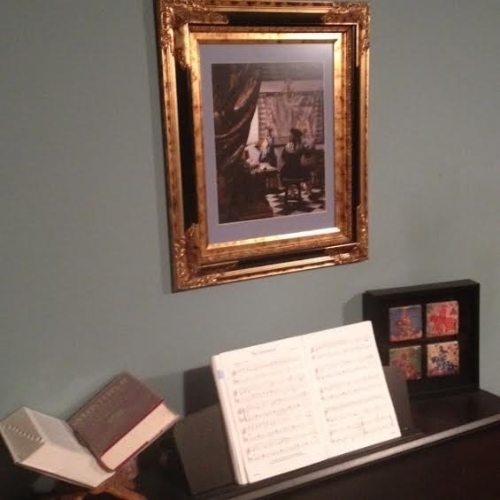
 does this very well indeed. In this book (and the hardback version at that) the colour section is disappointing in scope and in the size of the reproductions. All in all a real letdown.
does this very well indeed. In this book (and the hardback version at that) the colour section is disappointing in scope and in the size of the reproductions. All in all a real letdown.